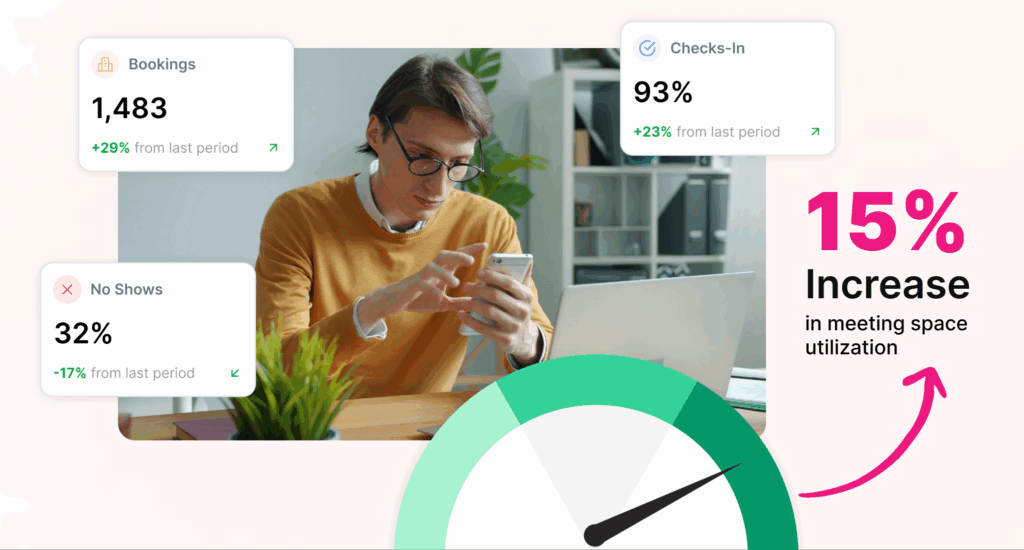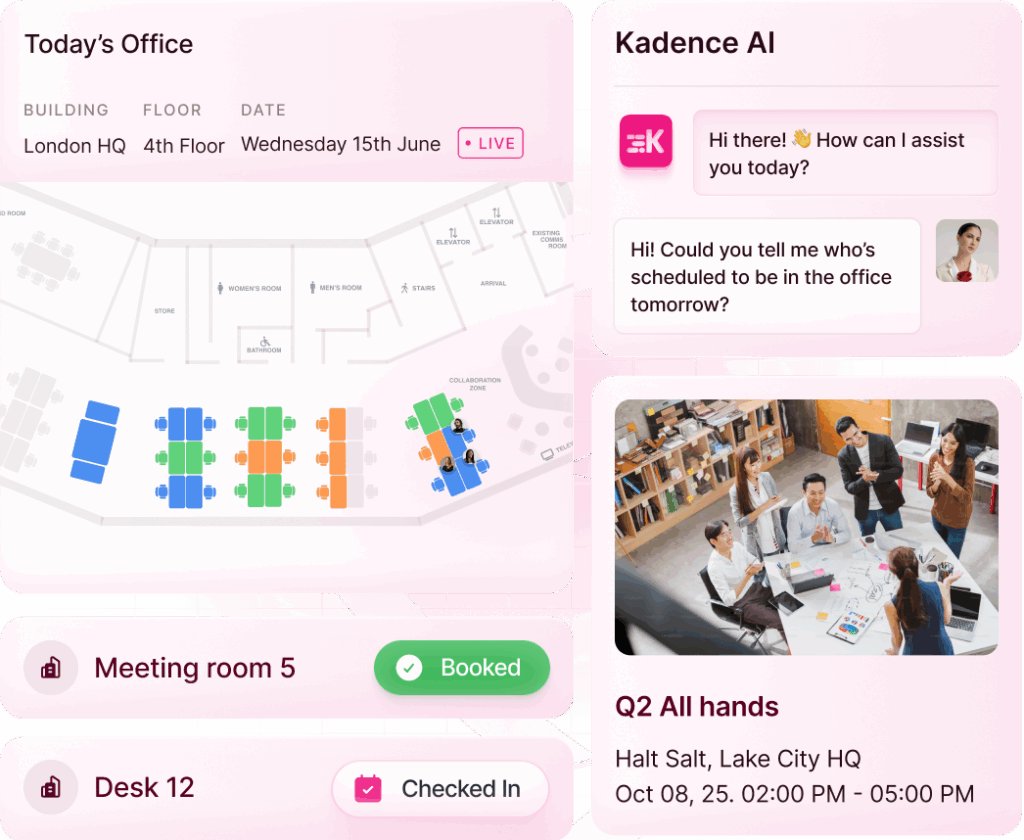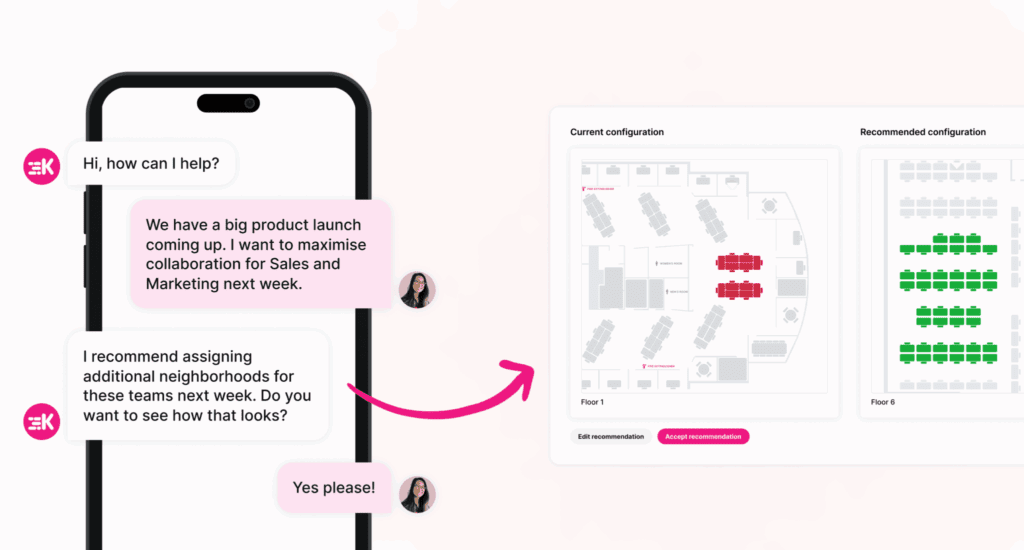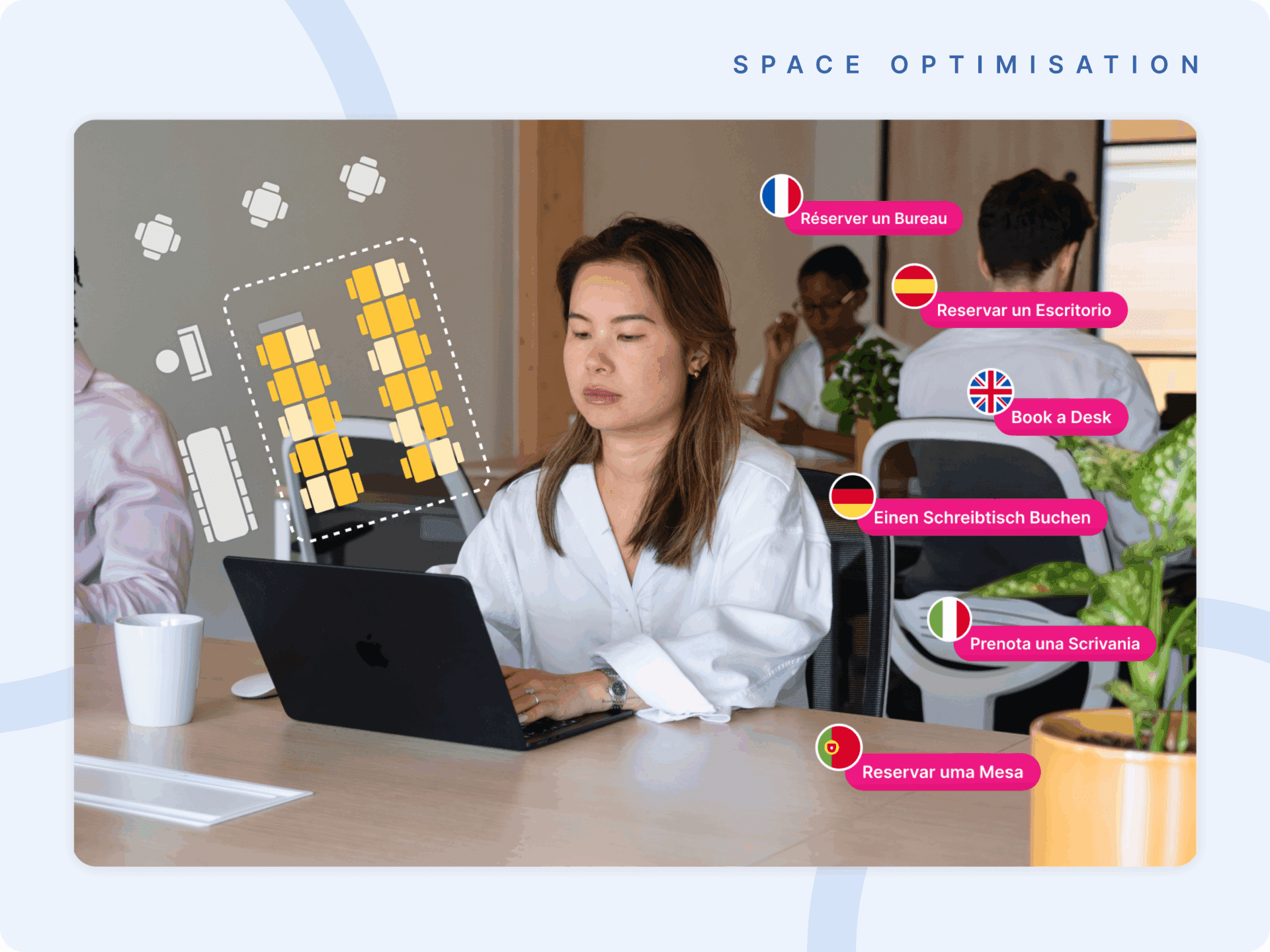There is something fitting about talking about the future of work while sitting in the back of a Waymo gliding through San Francisco. An autonomous car is a real-time example of systems quietly rewiring themselves. What looks like a neat consumer experience is actually the result of deep structural changes in how data, infrastructure, and decision making come together. That same kind of shift is happening inside companies today. Leaders are rewriting assumptions about where work happens, how teams coordinate, and how performance is understood.
That was the context for my ride with Brian Elliott. We compared the forceful return to office push that kicked off 2025 with what employees actually did. We talked about how hybrid has truly settled, the growing need for outcome alignment, how AI is embedding into workflows, and the increasing pressure on office portfolios and workplace roles. This is not a set of predictions. It is the shared consensus from two vantage points that see, week after week, how organizations are evolving beneath the surface.
Hybrid Has Settled Into Something More Realistic
We started with the return to office mandates that surged at the beginning of 2025. There were confident declarations about full time office returns, especially in the US. But the real outcome has been far more measured.
Attendance has increased but not at the level leaders commanded. And across sectors, hybrid has stabilized into a predictable rhythm. Companies like OpenAI, who set clear expectations years ago with a Monday through Wednesday cadence, have seen the smoothest adoption. Organizations that tried to reverse remote first promises made in 2022 found themselves dealing with frustration, friction, and in some cases, attrition.
Hybrid is no longer a temporary state. It is the model. And it works best when companies design why people come in, not just when.

The Real Unlock Is Alignment Around Outcomes
Our conversation kept coming back to the same point: hybrid struggles are very often alignment struggles, not location struggles.
Brian shared the story of a CEO running a complex global organization with six business units across twelve countries, covering hardware manufacturing, software, and customer support. The leadership team wanted a simple top down mandate for office days. Instead, the CEO pushed responsibility back downward because the real challenge was not presence. It was clarity.
Different parts of the business needed different ways of working. And the most difficult work was not operational. It was strategic.
This theme is everywhere. Companies that measure progress through activity or presence are struggling. Companies that structure around outcomes are gaining momentum. Leaders who lean into the difficult conversations about priorities, tradeoffs, and sequencing are seeing hybrid work accelerate performance. Leaders who avoid those conversations are defaulting to mandates because they do not have a better operating model beneath them.

The Workplace Function Has Quietly Become Strategic
We then turned to workplace teams, a function that has undergone one of the biggest transformations inside the modern enterprise.
A few years ago, workplace roles centered on leases, layouts, furniture, facilities, and ensuring offices ran smoothly. Today, those same teams are responsible for space strategy, utilization analytics, cultural programing, cross functional alignment, hybrid coordination, reconfiguration planning, and the expectations of both CFOs and employees.
Workplace is no longer a background function. It sits at the intersection of real estate, people operations, IT, and finance. And the workload has expanded dramatically faster than the resources or systems given to these teams.
This change is not theoretical. It is visible in the lived realities of thousands of workplace operators across industries. The companies recognizing workplace operations as a strategic function are the ones evolving their office portfolios and supporting hybrid work effectively. Those treating it as legacy facilities management are falling behind.

AI Is Becoming Useful Where Companies Understand Their Workflows
Driving through San Francisco, it was impossible not to notice how AI has become the city’s visual identity. But the companies deriving actual value from AI are not just adopting tools. They are rethinking workflows.
Brian talked about Zapier’s code red moment in 2023, when they realized they needed to map their processes clearly before AI could meaningfully improve anything. He described how IBM flipped its promotions workflow by combining tenure data and performance history up front, eliminating unnecessary back and forth. These were not experiments. They were tangible workflow upgrades.
This pattern is becoming consistent. AI creates value when companies understand:
• What good looks like
• Where human judgment adds value
• Where automation reduces unnecessary friction
The organizations doing this well are not chasing usage stats. They are redesigning the flow of work.
AI’s impact is becoming structural, not symbolic.
The Economics of Space Are Forcing Better Decisions
As we talked about office portfolios, one point became clear: space economics are now unavoidable. Spiraling costs, inconsistent attendance, and underutilized space have pushed companies into a much more rigorous approach to real estate.

One example that stood out was a company reporting a cost of forty thousand dollars per desk per year for premium office space. Even for organizations that can afford it, these numbers are prompting big conversations about how much space is needed and what it should be used for.
Companies are now differentiating floors into premium client facing spaces, flexible collaboration areas, and efficient working zones. Space is being right sized, not randomly reduced. And utilization data, not badge data, is driving decisions.
This shift is not about cutting costs. It is about aligning space with the actual rhythms of how teams work.
What 2026 Is Starting To Look Like
By the time the ride wrapped up, the through line between everything we discussed was unmistakable.
Hybrid has stabilized into a consistent, purpose driven rhythm.
Leadership teams are being pushed, sometimes uncomfortably, to align on outcomes instead of attendance.
Workplace operations has become strategic, central, and stretched.
AI is embedding into workflows where companies already understand their processes.
And office portfolios are being reshaped by clear economics rather than legacy assumptions.
These are not predictions. They are the conditions that are already shaping how organizations operate. They are the baseline for 2026.
If you want help building a workplace operations strategy that reflects how work is actually happening today, book a demo with our team.




